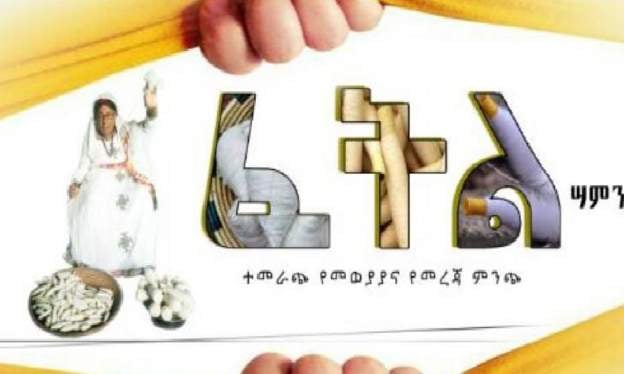A young Ethiopian journalist Fiyori Tewolde has produced and distributed the country’s first Braille newspaper. Braille is a system allowing visually impaired people to read by using raised dots to represent letters that are felt by the fingertips. “There are around four million Ethiopians with a visual impairment and I noticed that they didn’t have access to information – and they miss out on things like job vacancy announcements that are published in the print media,” Ms Fiyori told BBC Amharic.
Her pioneering newspaper, which is called Fetil (meaning “Thread” in the Amharic language), will be published every Wednesday and will cover social, economic and political issues. The articles are written by journalists who are volunteering their time. Ms Fiyori said that it will also include special investigative reports on the challenges that people with disabilities face in Ethiopia.
Copies of Fetil’s first edition were given to the Ethiopian National Association of the Blind, government offices and other organisations. “When visually-impaired people go to those places we want them to find Fetil on the reception tables among other newspapers and magazines to read,” Ms Fiyori said. She said the feedback so far has been very positive with people appreciating the service.
It will also be sold on the streets of the capital, Addis Ababa and cost 30 birr which is expensive and more than twice what the average newspaper costs. The high cost is because of the special paper that it needs to be printed on. However, Ms Fiyori hopes to get support from various charities to subsidise the cost and wants to distribute it free to blind people. In Ethiopia, people with disabilities, including those with a visual impairment, are often discriminated against in the job market and as a result they face economic difficulties.
Braille is the parallel to print as the reading medium for blind persons. Braille is a tactile writing system used by blind people. It was invented in 1829 by Louis Braille of France who was blinded in a childhood accident. At the age of 15 he modified a military system for reading orders at night without showing any light (night writing), inventing Braille.


